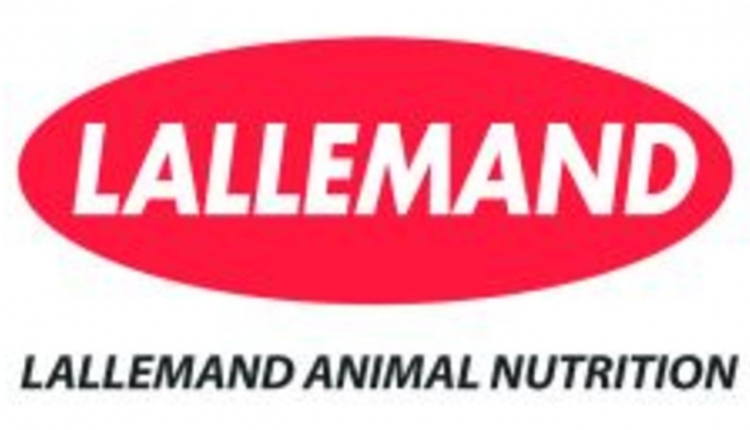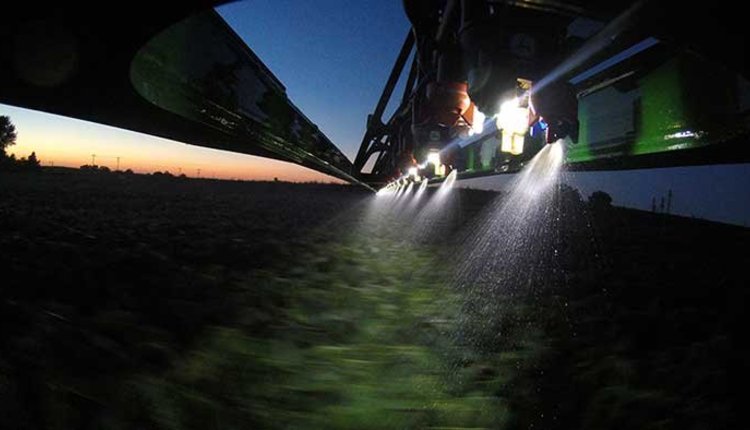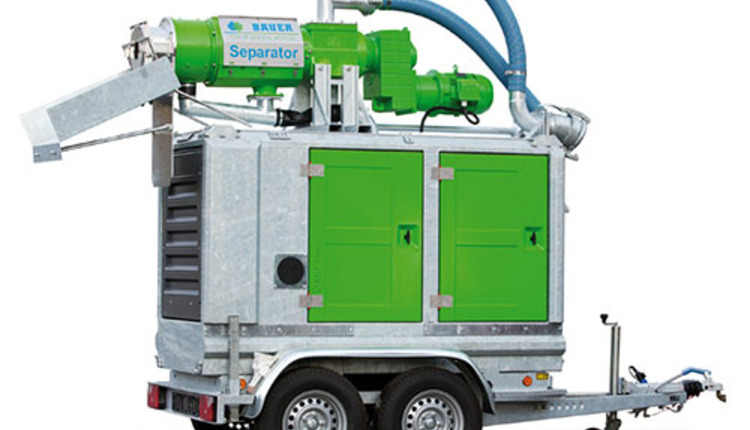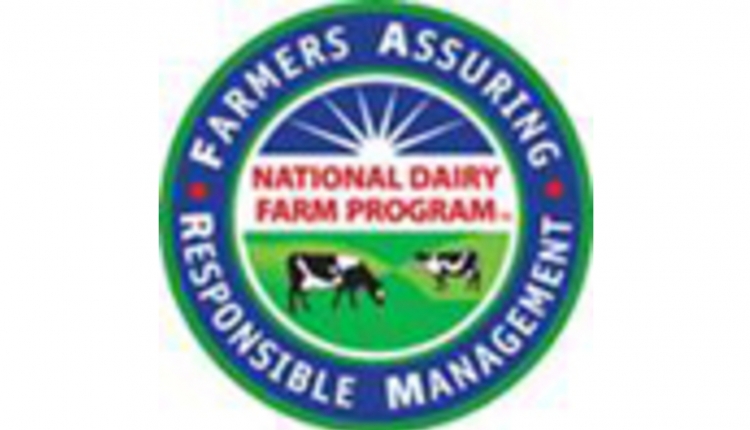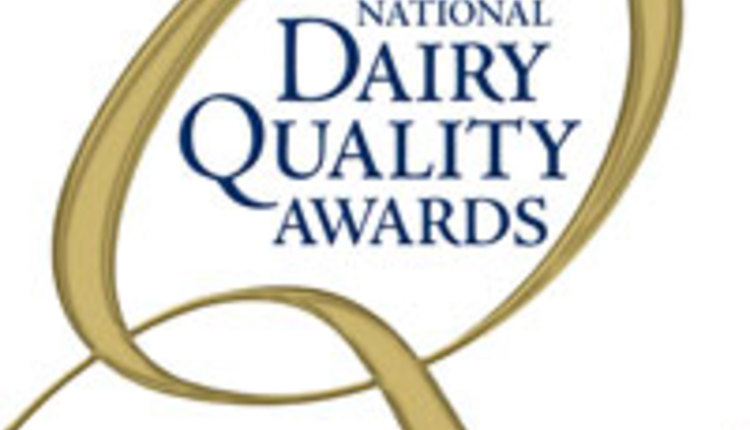 With its August 2016 dairy cattle genetic evaluations, the Council on Dairy Cattle Breeding (CDCB) introduced a new evaluation tool Predicted Transmitting Ability for Cow Livability (PTA C.LIV) for all breeds. Livability (LIV) is one of several traits used to determine PTA for Productive Life (PL). Despite its high economic influence, livability had not been adequately accounted for in previous dairy cattle genetic evaluations.
With its August 2016 dairy cattle genetic evaluations, the Council on Dairy Cattle Breeding (CDCB) introduced a new evaluation tool Predicted Transmitting Ability for Cow Livability (PTA C.LIV) for all breeds. Livability (LIV) is one of several traits used to determine PTA for Productive Life (PL). Despite its high economic influence, livability had not been adequately accounted for in previous dairy cattle genetic evaluations. This new trait developed by Janice Wright and Paul VanRaden of the Animal Genomics and Improvement Laboratory of USDA predicts the cow's ability to remain alive in the herd. Similar to PL, which measures how long a cow stays in a herd, LIV differentiates between culling and dying.
Why is this difference important? "Populating U.S. dairy herds with cows capable of longer productive life gives producers more opportunity for voluntary culling," states Duane Norman, CDCB technical advisor and industry liaison. "When a cow is sold for dairy or beef (voluntary or involuntary culling), the sale income is returned to the owner. In contrast, if a cow dies or is euthanized, the cow provides no income."
According to "Reasons that cows in Dairy Herd Improvement programs exit the milking herd" (Norman et al., 2016), death claims 20% of U.S. cows while in the milking herd. Conversely, 80 percent of cows remain alive permitting producers to recoup disposal income when cows exit the herd. The lost disposal income from current U.S. cows that die is valued at about $2.2 billion (20% × 9.2 U.S. million cows x $1,200/cow) or $800 million annually.
Despite mortality's low heritability of 1.3 percent, LIV carries high accuracy thanks to decades of recording termination codes via Dairy Herd Information (DHI) records (more than 92 million lactation records for 32 million cows). This accuracy translates to high reliability even for young, genomic-tested bulls, which average 56 percent reliability.
Cow Livability is defined such that if the cow died this lactation, the trait is set to 0 percent; if the cow lived through this lactation, it is set to 100 percent. LIV values range from approximately -5 to +5. To place it on a lifetime scale, the results are multiplied by 2.8, since the average number of lactations per cow is 2.8.
A bull with an evaluation for Cow Livability of +2.1 will sire 82.1 percent of his daughters that will remain alive, whereas a bull that is -0.5 will have 79.5 percent of his daughters that will remain alive. To put this into perspective, this 2.6 percent difference in a 400-cow dairy herd, with cull cows valued at $1,200, would produce $12,480 in additional income.
In the future, LIV will be incorporated into all four lifetime merit indexes. After incorporation, the weight given to PL is expected to decline from about 19 to 14 percent, and the emphasis assigned to LIV will be near 7 percent. The total emphasis of LIV will increase to 21 percent.
"Having Cow Livability is one more step toward adding value to the genetic information that will improve dairy producers' profitability," says Paul VanRaden. "Producers participating in DHIA can help to improve the reliability of this trait by accurately reporting the reasons why cows leave their herds."
CDCB conducts genetic evaluations for economically important traits of dairy cattle. The CDCB allied partners' cooperator database is the largest in the world, which is devoted to dairy animals, with approximately 1.4 million genotypes, 70 million female phenotypic records and more than 300,000 males receiving genetic evaluations or genomic predictions.
8.16.2016

